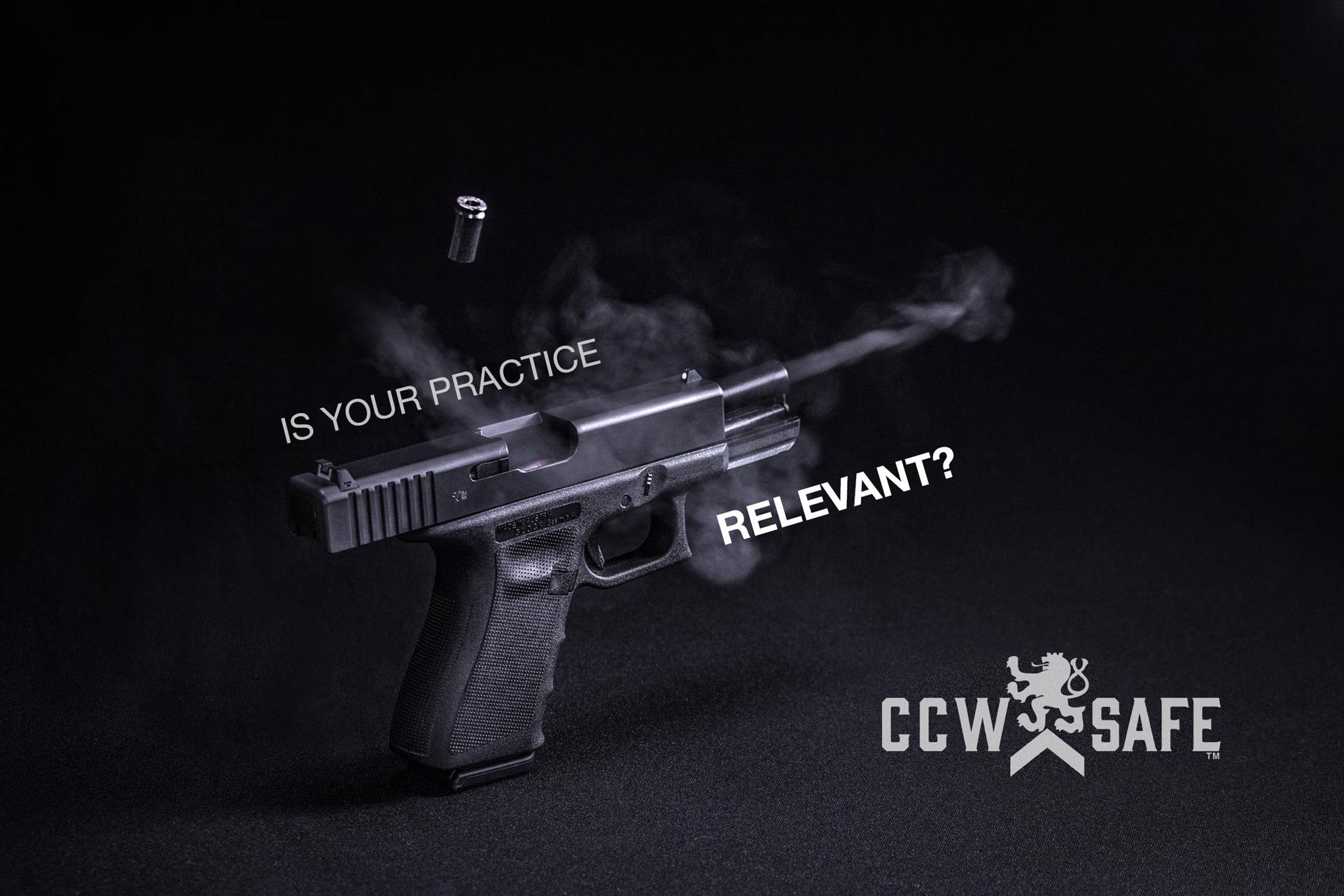
Posted on October 22, 2018
Is Your Practice Relevant?
IS YOUR PRACTICE RELEVANT?
For the majority of law-abiding citizens who do not let their egos dictate their actions and are not prone to making stupid decisions or going to stupid places at stupid times, robbery is probably the greatest danger. Robbery may be defined as intentionally, knowingly, or recklessly causing bodily injury or placing another in fear of imminent bodily injury or death in the course of an act of threat. Houses don’t get robbed, people get robbed. In order to commit robbery, a person or persons must get close enough and in position to commit theft by physically taking possession of the desired item, whether, purse, wallet, jewelry or even a vehicle. We are talking possibly inside of 10 feet. The most effective way to accomplish this is through ruse or ambush.
If our practice session largely involves standing in an indoor or outdoor range and casually shooting a large paper target, we may be unprepared to deal with the sudden realization that our life is in imminent danger of being ended in the next few seconds by a person who doesn’t care if we live or die. Is there anything we could have done before to better prepare us for this day? Absolutely!
The more that I understand about the dynamics of an encounter between criminal and target, the better I am prepared to deal with such an event. I highly recommend taking at least one defensive pistol course from a competent private-sector instructor who understands the challenges associated with defending one’s life in a world where such a response will likely be subject to intense after-action scrutiny from both a criminal and civil perspective. This instructor should have the knowledge, experience, and ability to teach critical gun handling and marksmanship skills for situations where seconds do really matter.
This would be followed by structured dry-fire and live-fire practice performed on a regular basis. Dry-fire gun handling practice should take place several times a week (I strive for at least three) and can be done year-round in your living room or garage. Just make sure that your “target” is backed by a solid wall made of brick, stone, or concrete, and triple-check to ensure there is no ammo in the room or on your person during these sessions. This is a great time to practice drawing from a concealed holster and smoothly driving the muzzle towards the target while aligning the front sight on the desired point of impact and breaking the “shot” so that there is no significant movement of the front sight off the desired point of impact. There is a certain art to managing the trigger that is best learned under the supervision of a competent instructor. I only do about 20 reps a session, but I have been doing three sessions a week for years.
At the range, I go with the intention of shooting specific drills. At a minimum, I never shoot more than 10 rounds without taping up the holes in my target, otherwise I have no real way of gauging my performance. If you practice at a range where drawing from the holster or rapid-firing is not permitted, no big thing. Bring the pistol up to compressed chest-level position below the dominant eye, then drive the pistol out quickly while aligning the sights and smoothly break the shot at full extension when the sight aligns with the desired point of impact, watch the front sight during recoil while resetting the trigger, and re-aim at the same desired point of impact ready to shoot again. As they say, repeat as necessary, but I almost never shoot more than 100 rounds at a practice session, and most of the time I limit it to 50. Dry-fire practice makes the shooter in my opinion, and live-fire confirms that the dry-fire practice is correct.
If you heed my advice, in the course of one year I may have saved you several hundreds of dollars otherwise spent on ammunition at the range converting money into sound and punching holes indiscriminately in a big piece of paper. Take that savings and spend it on a defensive shooting class taught by a well-respected instructor, and then practice, practice, practice.
 |
Steve MosesSteve is a long-time defensive weapons and instructor based out of Texas who has trained hundreds of men and women of all ages for more than two decades on how to better prepare to defend themselves and their loved ones. Steve has completed over 80 private-sector and law enforcement-only defensive weapons and tactics classes, and has trained civilian and law-enforcement officers in six states. Moses is a reserve deputy, former member of a multi-precinct Special Response Team, competitive shooter, and martial artist. Steve has written numerous articles for SWAT Magazine and other publications. Steve is a licensed Texas Level 4 Personal Security Officer and Instructor who was Shift Lead on a mega-church security detail for seven years, and has provided close protection for several former foreign Heads of State. He is currently an instructor at Relson Gracie Jiu Jitsu/Krav Maga in Tyler, Texas and Director of Training for Palisade Training Group (www.ptgtrainingllc.com). |